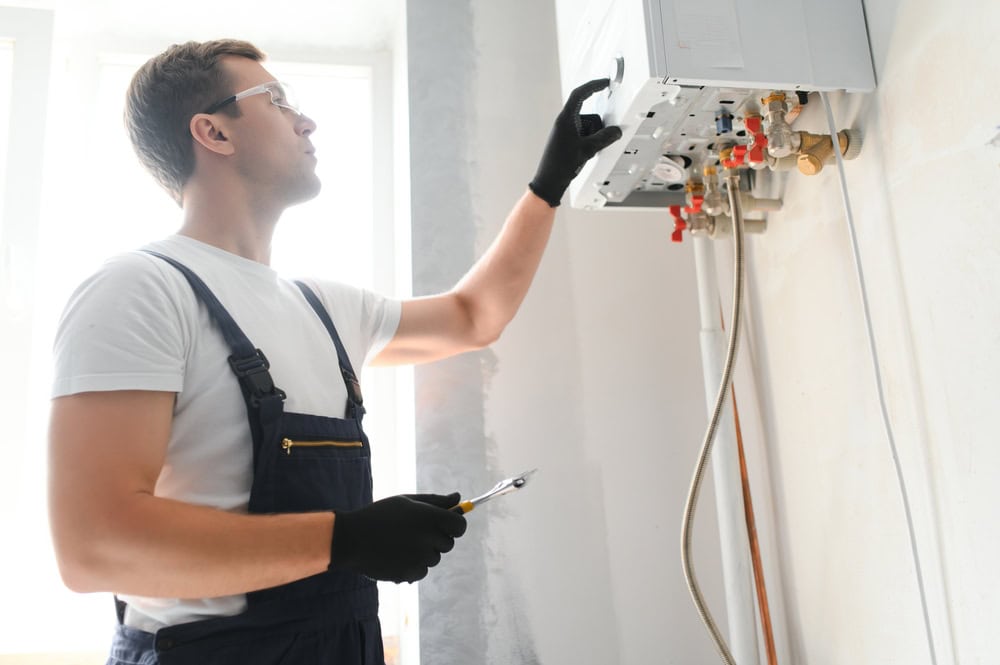Preventing Hot Water Burns: Adjusting Your Water Heater Temperature

Scalding hot water from a faucet is not just unpleasant—it can be dangerous. While adults may instinctively pull their hands away, small children and others with slower reaction times face a significant risk of burns. Adjusting your water heater to a safe temperature is an easy way to protect your family and save energy in the process.
Why Hot Water Burns Are a Danger

Even momentary exposure to very hot water can cause burns:
- Steaming Water Risk: Water temperatures above 120°F can scald skin within seconds.
- Small-Child Vulnerability: Young children might not react quickly enough to avoid injury.
To reduce the risk, residential water heaters should always be set to a temperature of 120°F or lower.
How to Check and Adjust Water Temperature

-
Measure the Temperature:
- Run hot water from a faucet and let it flow for a minute.
- Use a thermometer to measure the temperature. Temperatures exceeding 120°F call for adjustment.
-
Lower the Water Heater Temperature:
- Gas Water Heater: Adjust the dial on the front of the gas valve to a lower setting.
- Electric Water Heater:
- Turn off the power to the heater to avoid electrical hazards.
- Remove the small access cover on the heater.
- Use a screwdriver to adjust the thermostat to a lower setting. Check the heater’s manual for exact instructions.
-
Test the Temperature Again: Let the system stabilize (this may take a few hours) and recheck the water temperature.
-
When in Doubt, Ask for Help: If you’re unsure about how to adjust the water heater safely, consult the appliance’s instructions or contact a plumber for assistance.
Other Benefits of Lowering Your Water Heater Temperature

- Energy Savings: Lowering the temperature reduces energy consumption, helping to lower utility bills.
- Longer Equipment Life: Running your water heater at a lower temperature can reduce wear and tear over time.
Setting your water heater to a safe 120°F is a simple and effective way to prevent burns while cutting down on energy use. Protect your family and save money by taking this easy step—your home will be safer and more energy-efficient!